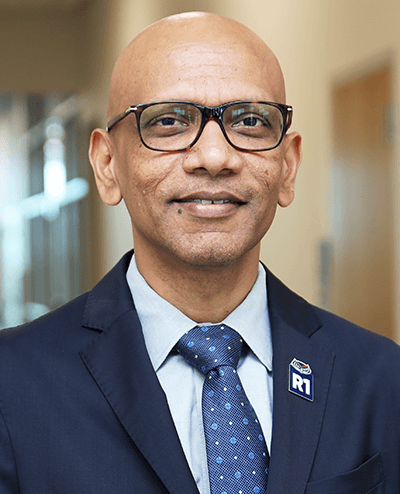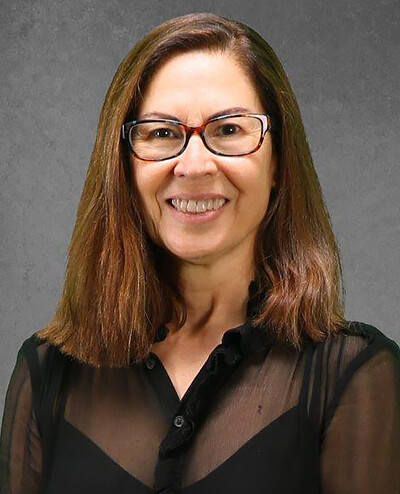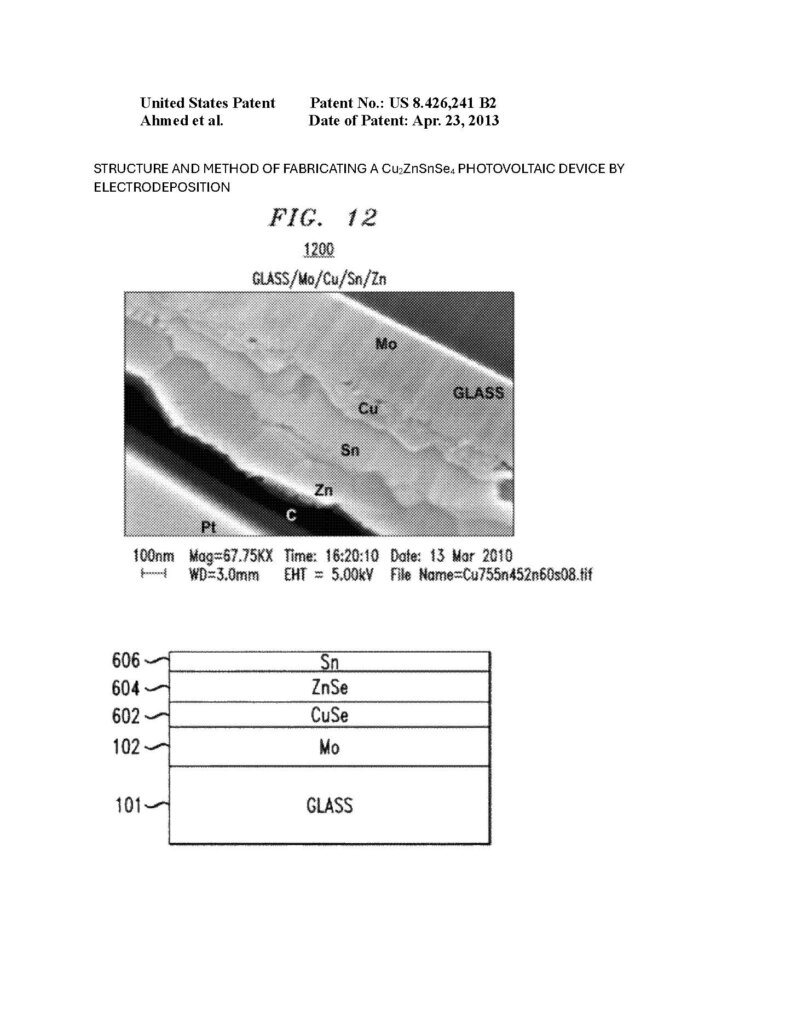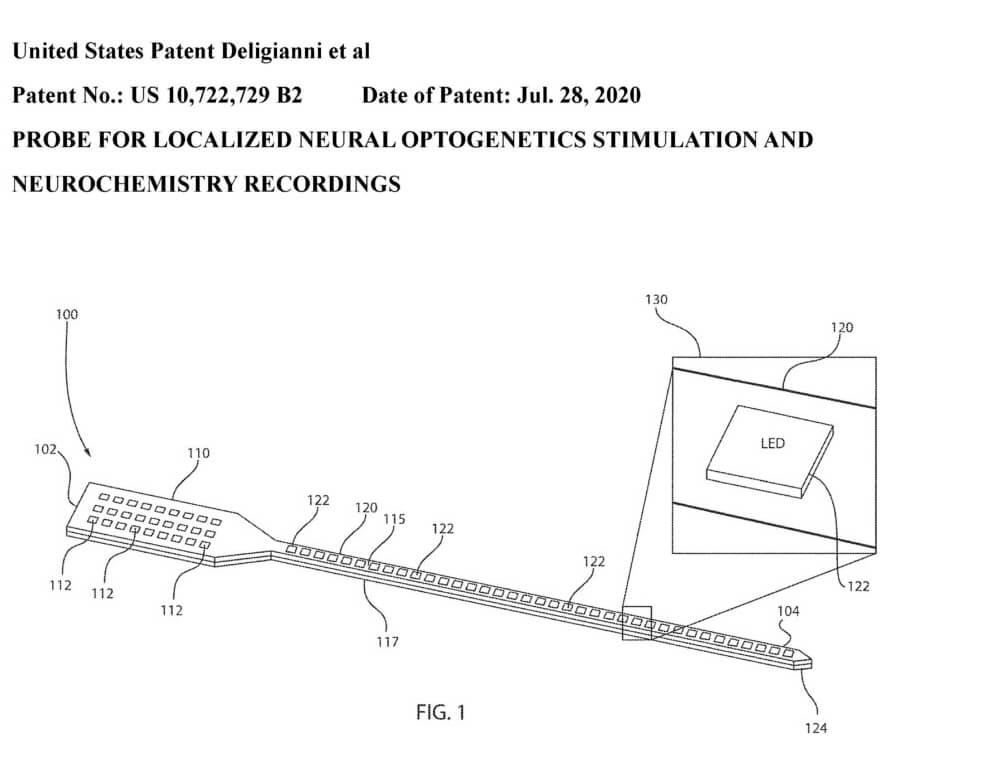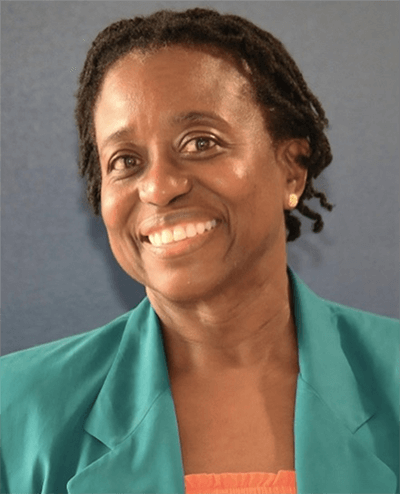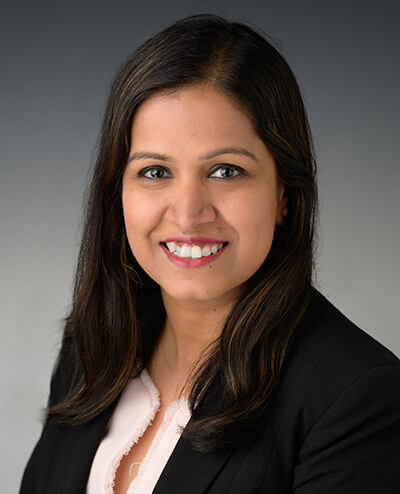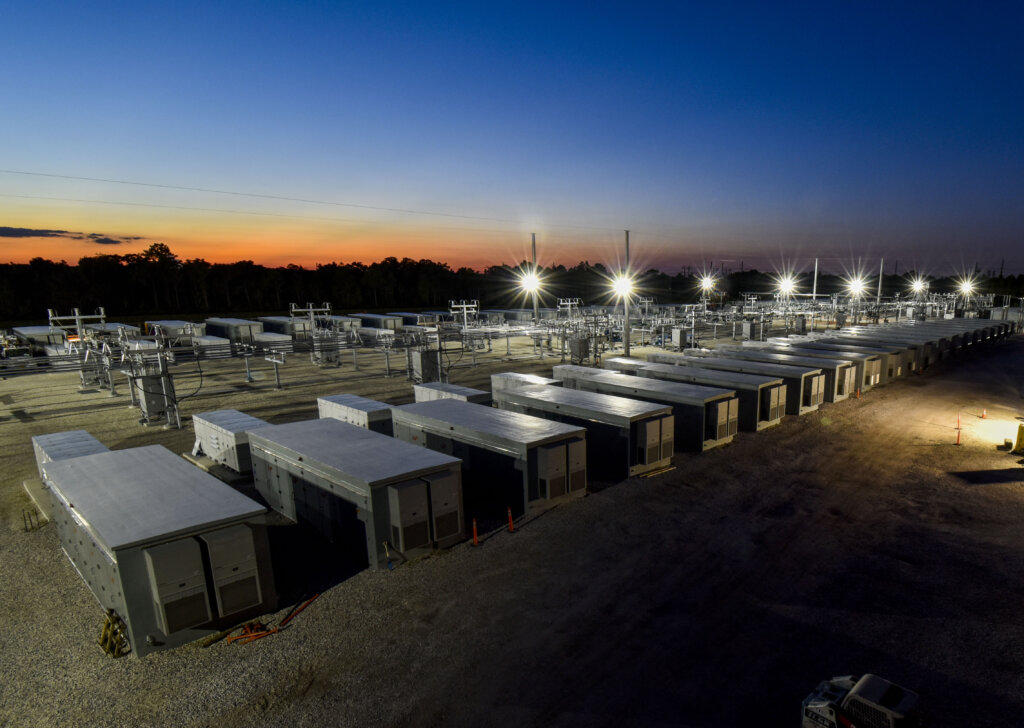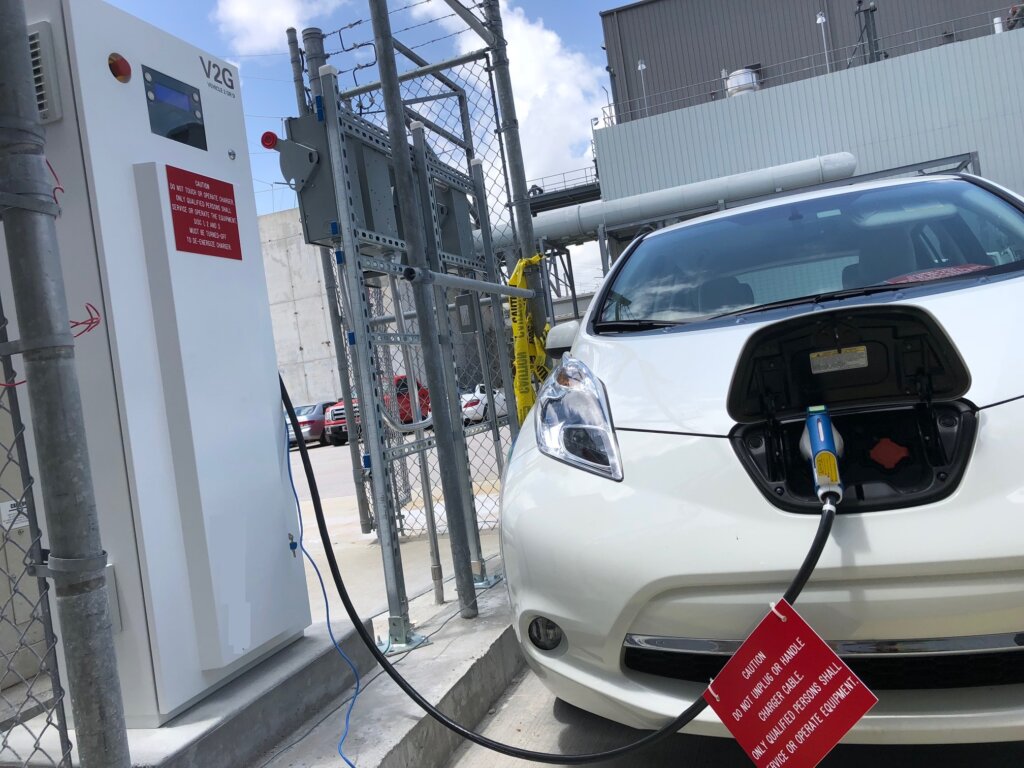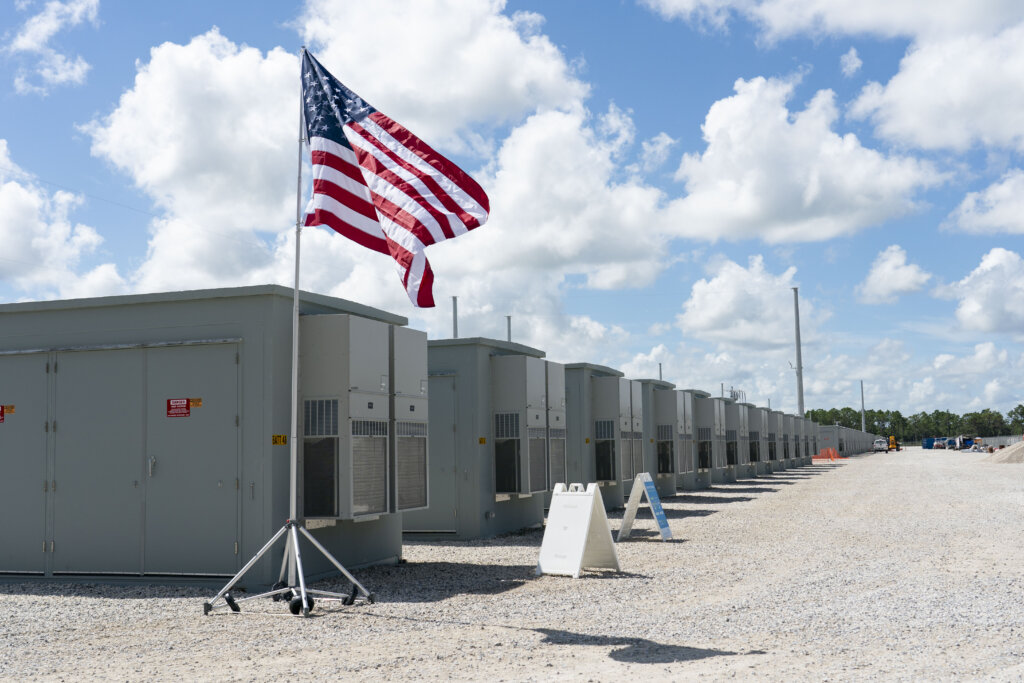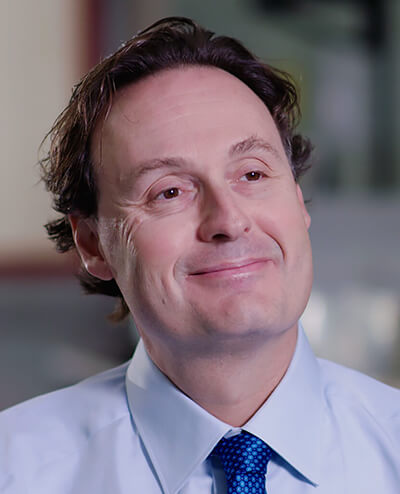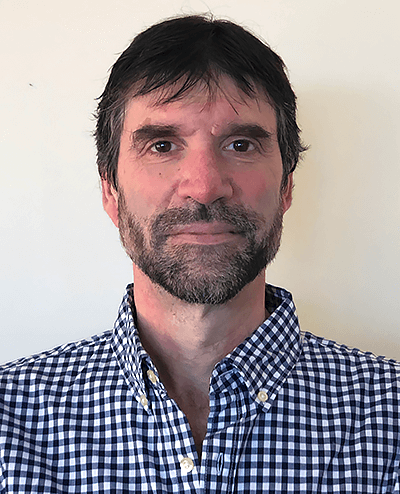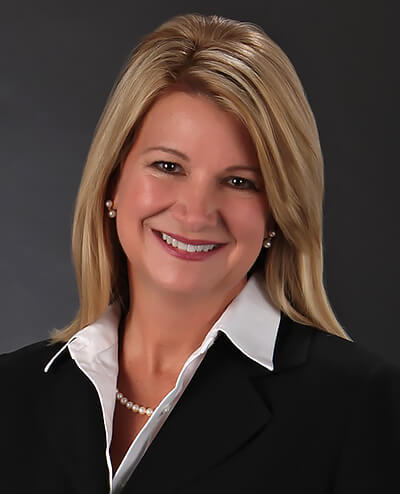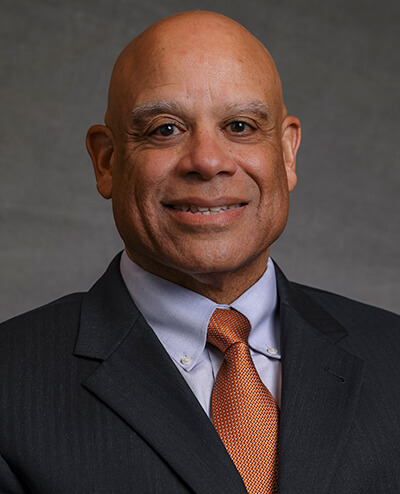
2025 Inductees

Joseph Iannotti, M.D., Ph.D.
Chief Research and Academic Officer
Lang Family Endowed Chair of Orthopaedic Research
Cleveland Clinic Florida
Professor of Surgery and Biomedical Engineering
Case Western Reserve University Cleveland Clinic Lerner College of Medicine
Affiliate Dean and Professor, Orthopaedic Surgery
Florida International University School of Medicine
89 U.S. Patents
Joseph P. Iannotti, M.D., Ph.D., is the Chief Research Officer, Chief of Staff, and Academic and Innovations Officer, and holds the Lang Family Endowed Chair of Orthopaedic Research at Cleveland Clinic Florida. He also serves as a Professor of Surgery and Biomedical Engineering at the Cleveland Clinic Lerner College of Medicine at Case Western Reserve University and as an Affiliate Dean and Professor of Orthopaedic Surgery at Florida International University’s Herbert Wertheim College of Medicine.
An internationally recognized pioneer and leader in orthopedic surgery and musculoskeletal research, Dr. Iannotti has made transformative contributions to the field through more than four decades of clinical practice, translational research, and academic leadership. As a physician-scientist, he has combined clinical expertise with foundational research in biomechanics, cell biology, and biomedical engineering to develop groundbreaking technologies that have redefined the standard of care in shoulder arthroplasty, including tendon repair and tissue engineering, prosthetic design, pre-surgical planning software, and patient-specific instrumentation.
Among his most transformative contributions is the development of 3D CT-based pre-operative surgical planning software and patient-specific instrumentation (PSI), which dramatically improved the precision and outcomes of shoulder replacement surgery. His patented “virtual vault” model became the global gold standard for assessing shoulder anatomy and selecting optimal implants. The technology was first used clinically at the Cleveland Clinic in 2009 and led to the creation of a successful startup, Custom Orthopaedic Solutions, which was later acquired by Arthrex. Today, nearly every major implant company has adopted these principles, enabling personalized surgical approaches that have improved accuracy, outcomes, and quality of life for hundreds of thousands of patients worldwide.
Dr. Iannotti’s early discoveries in shoulder biomechanics led to the design and commercialization of novel glenoid and humeral prostheses for anatomical arthroplasty. These efforts have resulted in over 40 patents, leading to more than 10 new implant systems for treating end-stage arthritis of the shoulder. In addition, he has pioneered biologic solutions for tendon repair and healing, with eight patents currently under commercial development. His most recent innovations explore non-contact PSI integrated with surgical navigation and robotics, signaling yet another leap forward in surgical precision and patient care.
Dr. Iannotti holds 89 U.S. patents and is an Active Fellow of the American Academy of Orthopaedic Surgeons and a Fellow of the National Academy of Inventors. He has received both the Cleveland Clinic Mason Sones Award for Innovation and the Cleveland Clinic Lifetime Achievement Award for Innovation. Additionally, he has been recognized by leading professional organizations, including the Charles S. Neer Clinical Science Award and the Neer Award from the American Shoulder and Elbow Surgeons. He has also held numerous leadership positions in national professional societies, such as the American Shoulder and Elbow Surgeons and the American Academy of Orthopaedic Surgeons.
Dr. Iannotti received a B.S. in Biology from Fordham University. He completed his M.D. at Northwestern University in Chicago and his Ph.D. at the University of Pennsylvania.

